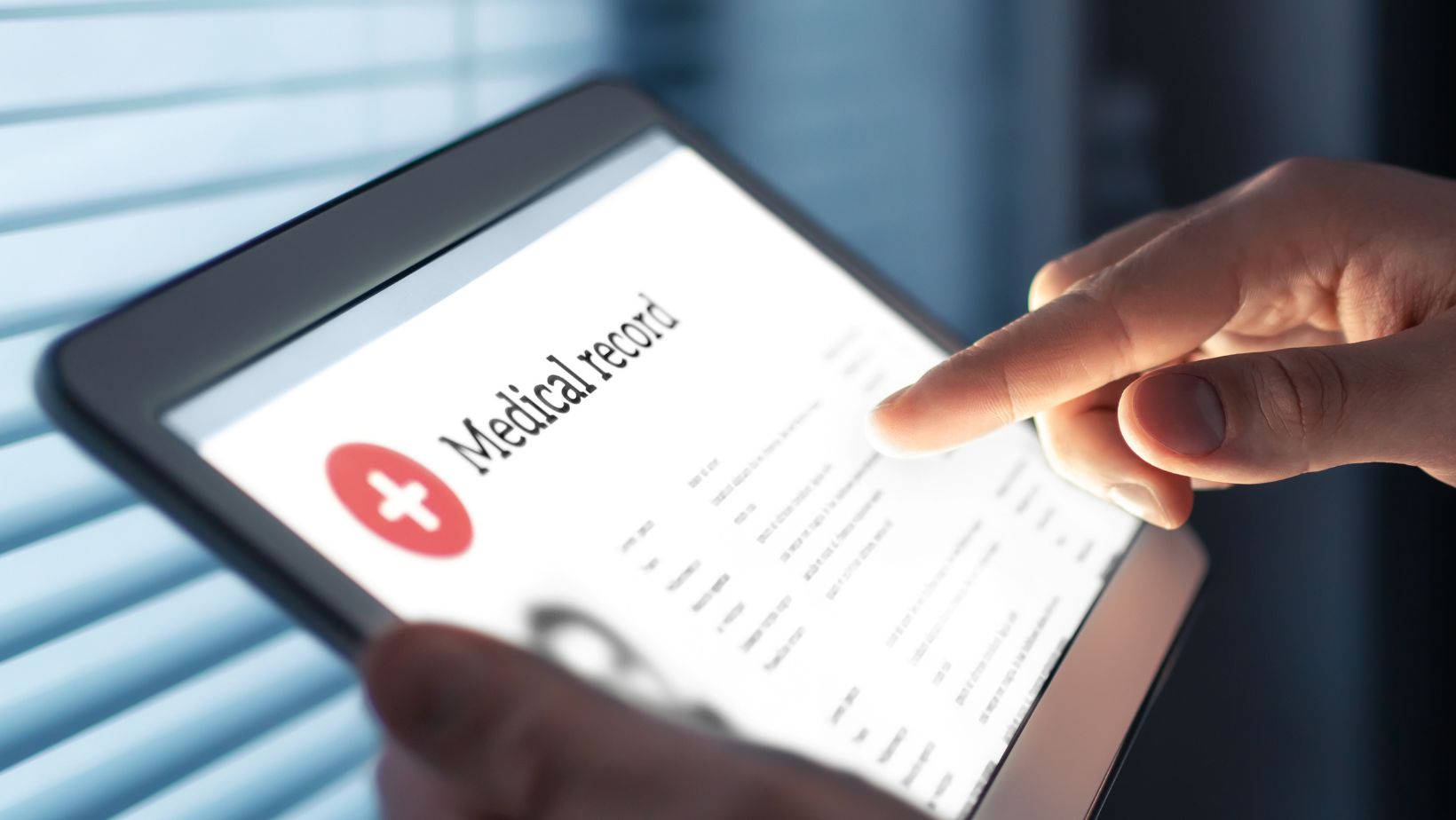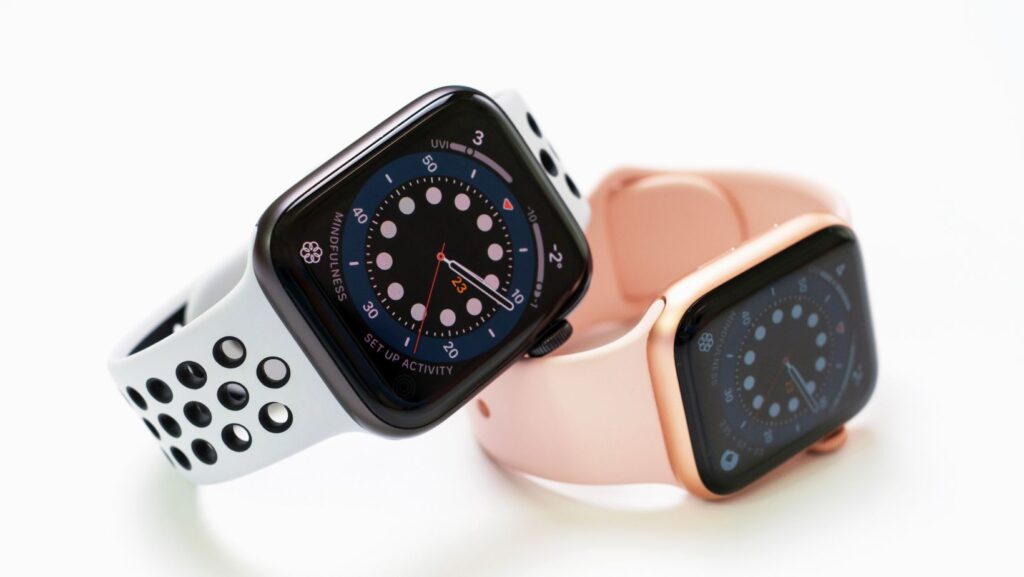Healthcare communication is experiencing a digital revolution. What started as a necessity during the pandemic has become standard practice across medical institutions worldwide.
Video technology now shapes how patients learn about treatments, how doctors explain procedures, and how healthcare organisations build trust with communities. The change runs deeper than telehealth appointments. It’s transforming the entire patient experience.
The statistics paint a clear picture. According to the American Medical Association, 85% of healthcare providers now use video content for patient education. That’s up from just 23% in 2019. The shift happened fast, driven by both technological advancement and changing patient expectations.
Modern patients arrive at appointments already informed. They’ve watched procedure explanations on YouTube. They’ve seen patient testimonials on hospital websites. They expect visual, accessible information that helps them make informed decisions about their health.
Healthcare providers who ignore this trend risk falling behind. Those who embrace it are discovering that video technology doesn’t just improve patient satisfaction. It enhances treatment outcomes, reduces anxiety, and streamlines care delivery.
The Technology Behind Healthcare Video
Video platforms designed for healthcare have evolved far beyond basic recording tools. Modern solutions integrate with electronic health records, support secure patient portals, and offer features specifically designed for medical environments.
Interactive video platforms allow patients to pause, rewind, and access additional resources during educational content. Closed captioning ensures accessibility for hearing-impaired patients. Multi-language support reaches diverse patient populations.
Cloud-based distribution systems enable healthcare providers to update content instantly across multiple locations. When treatment protocols change, video libraries can be refreshed immediately rather than reprinting thousands of brochures.
The technology also addresses strict healthcare privacy requirements. HIPAA-compliant video platforms ensure patient information remains secure while enabling rich multimedia communication.
Artificial intelligence is beginning to personalise video content based on patient demographics, medical history, and comprehension levels. Machine learning algorithms can identify which video formats work best for different patient groups.
Patient Education Gets Visual
Traditional patient education relied heavily on text-based materials. Brochures explaining surgical procedures. Leaflets describing medication side effects. Dense information packets that many patients found overwhelming.
Video content changes this dynamic completely. Complex medical procedures become clear when shown visually. Patients can see exactly what happens during surgery, how medical devices function, and what recovery looks like.
The University of California San Francisco implemented comprehensive video education for heart surgery patients. Post-surgery anxiety decreased by 34% compared to patients who received only written materials. Recovery times improved measurably.
Dr. Sarah Martinez, Chief of Cardiology at UCSF, explains the impact: “When patients understand their procedure visually, they feel more in control. That psychological comfort translates directly into better physical outcomes.”
Animation technology allows healthcare providers to show processes invisible to the naked eye. How medications interact with cellular structures. How immune systems respond to treatments. How chronic conditions progress over time.
These visualisations help patients grasp concepts that would be difficult to explain through words alone. Medical literacy improves when complex information becomes accessible through engaging visual content.
Professional healthcare video production has become essential for creating this educational content. Companies like Film Division specialise in translating medical complexity into clear, compassionate visual communication that patients can understand and trust.
Addressing Health Anxiety Through Digital Comfort
Medical appointments often trigger significant anxiety. Uncertainty about procedures, fear of the unknown, and stress about potential diagnoses affect millions of patients annually.
Video technology provides a powerful tool for reducing this anxiety. Virtual facility tours let patients familiarise themselves with hospital environments before arriving. They can see where they’ll check in, what treatment rooms look like, and meet staff members they’ll encounter.
Cleveland Clinic’s virtual tour program reduced pre-appointment anxiety scores by 28% according to patient surveys. Emergency department wait times decreased as patients arrived better prepared and more cooperative.
Pre-procedure videos explain exactly what patients should expect. They show medical equipment, describe sensations patients might feel, and outline recovery processes. This transparency builds trust and reduces the fear that comes from uncertainty.
Mental health applications particularly benefit from video technology. Therapy sessions conducted through secure video platforms make mental healthcare accessible to patients who might not seek traditional in-person treatment.
The technology also enables group therapy sessions, family consultations, and support group meetings that transcend geographical limitations. Rural patients can access specialist mental health services previously unavailable in their communities.
Accessing Medical Cannabis Through Video Consultations
Video technology is making healthcare more accessible in practical ways. For patients in Florida seeking legal access to cannabis, obtaining a medical marijuanas card in FL can now be done via secure telehealth video consultations. Licensed physicians can evaluate patient conditions remotely, answer questions, and issue the necessary documentation without an in-person visit. This video-based process ensures convenience, reduces travel barriers, and allows patients to begin treatment safely and legally from the comfort of their homes.
Training Healthcare Professionals
Video technology isn’t just transforming patient communication. It’s revolutionising how healthcare professionals learn and maintain their skills.
Medical schools now use virtual reality simulations for surgical training. Students can practice complex procedures repeatedly without risk to actual patients. The technology provides immediate feedback on technique and decision-making.

Continuing education programs rely heavily on video content to keep healthcare workers updated on latest protocols. Video-based training modules can be completed flexibly around demanding work schedules.
Emergency response training benefits enormously from video simulation. Healthcare teams can practice crisis scenarios, review their performance, and improve coordination through repeated video-based exercises.
The COVID-19 pandemic accelerated adoption of remote training programs. Healthcare organisations discovered that video-based education could be more effective than traditional classroom learning while reducing costs and scheduling conflicts.
Technology Integration Challenges
Despite obvious benefits, healthcare video adoption faces significant technical hurdles. Legacy hospital systems often struggle to integrate modern video platforms with existing infrastructure.
Bandwidth limitations in some healthcare facilities affect video quality and reliability. Streaming high-definition educational content requires robust internet connections that not all medical centres possess.
Staff training represents another challenge. Healthcare professionals comfortable with traditional communication methods need support adapting to video-first approaches. Change management becomes crucial for successful implementation.
Privacy and security concerns remain paramount. Healthcare video platforms must meet stringent regulatory requirements while maintaining user-friendly interfaces. Balancing security with accessibility requires careful technology selection.
Cost considerations affect adoption rates, particularly in smaller healthcare practices. Professional video production, platform licensing, and infrastructure upgrades require significant upfront investment.
Measuring Digital Health Communication Success
Healthcare organisations increasingly track metrics beyond traditional patient satisfaction scores to measure video technology effectiveness.
Patient comprehension rates improve measurably when visual education supplements verbal instruction. Post-appointment surveys show higher understanding of treatment plans among patients who receive video-supported education.
Treatment adherence increases when patients have access to video reminders and educational content. Medication compliance improves by an average of 23% when patients can review video instructions at home.
No-show rates decrease at healthcare facilities that provide pre-appointment video content. Patients who understand what to expect are more likely to attend scheduled visits.
Emergency department utilisation drops when patients have access to video-based triage tools. Clear visual guidance helps patients determine appropriate care levels before seeking emergency treatment.
Staff efficiency metrics also improve. Healthcare professionals spend less time explaining procedures when patients arrive already educated through video content. This efficiency allows more time for direct patient care.
The Future of Healthcare Video Technology
Emerging technologies promise even more sophisticated healthcare communication tools. Augmented reality applications will overlay digital information onto real-world medical environments.
Patients could point their smartphones at medication bottles to see video instructions. AR glasses might display real-time procedure guidance during medical examinations.
Artificial intelligence will personalise video content based on individual patient characteristics. Machine learning algorithms will determine optimal video length, complexity level, and presentation style for each viewer.
Voice-activated video systems will enable hands-free access to medical information. Patients recovering from surgery could request video content without needing to manipulate devices.
Blockchain technology may enable secure, decentralised video libraries that patients control directly. This would give individuals complete ownership of their medical education content while maintaining privacy.
Virtual reality therapy applications are already showing promise for treating phobias, PTSD, and chronic pain. As VR technology becomes more accessible, therapeutic video content will expand beyond traditional 2D formats.
Implementation Strategies for Healthcare Providers
Successful healthcare video adoption requires strategic planning rather than ad-hoc implementation. Leading medical organisations follow structured approaches to integrate video technology effectively.
Starting with patient education videos provides clear, measurable value while building internal expertise. Healthcare providers can begin with common procedures and gradually expand their video libraries.
Pilot programs allow organisations to test video platforms with limited patient groups before full deployment. This approach identifies technical issues and workflow challenges before they affect entire patient populations.
Staff buy-in becomes crucial for successful adoption. Healthcare professionals need training not just on technical systems, but on how video content enhances rather than replaces human interaction.
Content governance ensures video materials remain current and accurate. Medical information changes rapidly, requiring systems for regular content review and updates.
Patient feedback loops help organisations understand which video formats work best for their specific populations. Different communities may prefer different communication styles and technical approaches.
Economic Impact of Digital Health Communication
Healthcare video technology generates measurable economic benefits beyond improved patient outcomes. Administrative efficiency increases when patients arrive better prepared for appointments.
Reduced procedure explanation time allows healthcare providers to see more patients without extending work hours. This capacity increase can significantly impact practice revenue.
Medical malpractice risks decrease when patients receive clear, documented education about procedures and risks. Video content provides proof that patients were properly informed about their care.
Emergency department costs drop when patients use video-based triage systems appropriately. Redirecting non-emergency cases to appropriate care levels saves resources for genuine emergencies.
Telemedicine platforms enable healthcare providers to serve patients across wider geographical areas. Rural practice expansion becomes economically viable through video technology.
Patient retention improves when healthcare organisations provide superior communication experiences. Satisfied patients are more likely to continue relationships with providers who use modern, accessible communication methods.
Privacy and Security in Healthcare Video
Healthcare video platforms must navigate complex privacy regulations while delivering user-friendly experiences. HIPAA compliance requires specific technical and administrative safeguards.
End-to-end encryption protects patient information during video transmission. Advanced authentication systems ensure only authorised individuals access medical content.
Audit trails track who accesses video content and when, providing accountability for patient information handling. These logs help healthcare organisations demonstrate regulatory compliance.
Data residency requirements affect platform selection, particularly for organisations serving international patients. Some regions require medical data to remain within specific geographical boundaries.
Patient consent processes must clearly explain how video content will be used, stored, and shared. Transparent privacy policies build trust while meeting legal requirements.
Regular security assessments identify vulnerabilities in video systems before they can be exploited. Healthcare organisations need ongoing monitoring to maintain secure video communications.
Global Adoption Patterns
Healthcare video adoption varies significantly across different regions and healthcare systems. Countries with robust digital infrastructure lead in comprehensive implementation.
Nordic countries demonstrate particularly high adoption rates due to government investment in digital healthcare initiatives. Sweden’s national health system integrates video communication across all patient touchpoints.
Developing nations often leapfrog traditional communication methods by implementing mobile-first video platforms. Smartphone-based healthcare video serves populations with limited access to traditional medical facilities.
Cultural factors influence video adoption patterns. Some communities prefer face-to-face communication while others embrace digital alternatives. Successful implementations consider local preferences and customs.
Regulatory environments affect deployment strategies. Countries with flexible healthcare regulations can implement video technology faster than those with restrictive approval processes.
Economic factors determine which video technologies gain traction in different markets. Cost-effective solutions designed for resource-constrained environments differ significantly from premium enterprise platforms.
The transformation of healthcare communication through video technology represents more than technological advancement. It reflects a fundamental shift toward patient-centred care that prioritises understanding, accessibility, and engagement.
Healthcare providers who embrace video technology position themselves at the forefront of this evolution. They create better patient experiences while improving operational efficiency and clinical outcomes.
The technology will continue advancing rapidly. Early adopters will gain competitive advantages while learning to navigate implementation challenges effectively.
For healthcare organisations still considering video adoption, the question isn’t whether to implement these technologies. It’s how quickly they can begin transforming their patient communication to meet modern expectations.
The future of healthcare depends on clear, compassionate communication that empowers patients to participate actively in their care. Video technology provides the tools to make that future reality.



